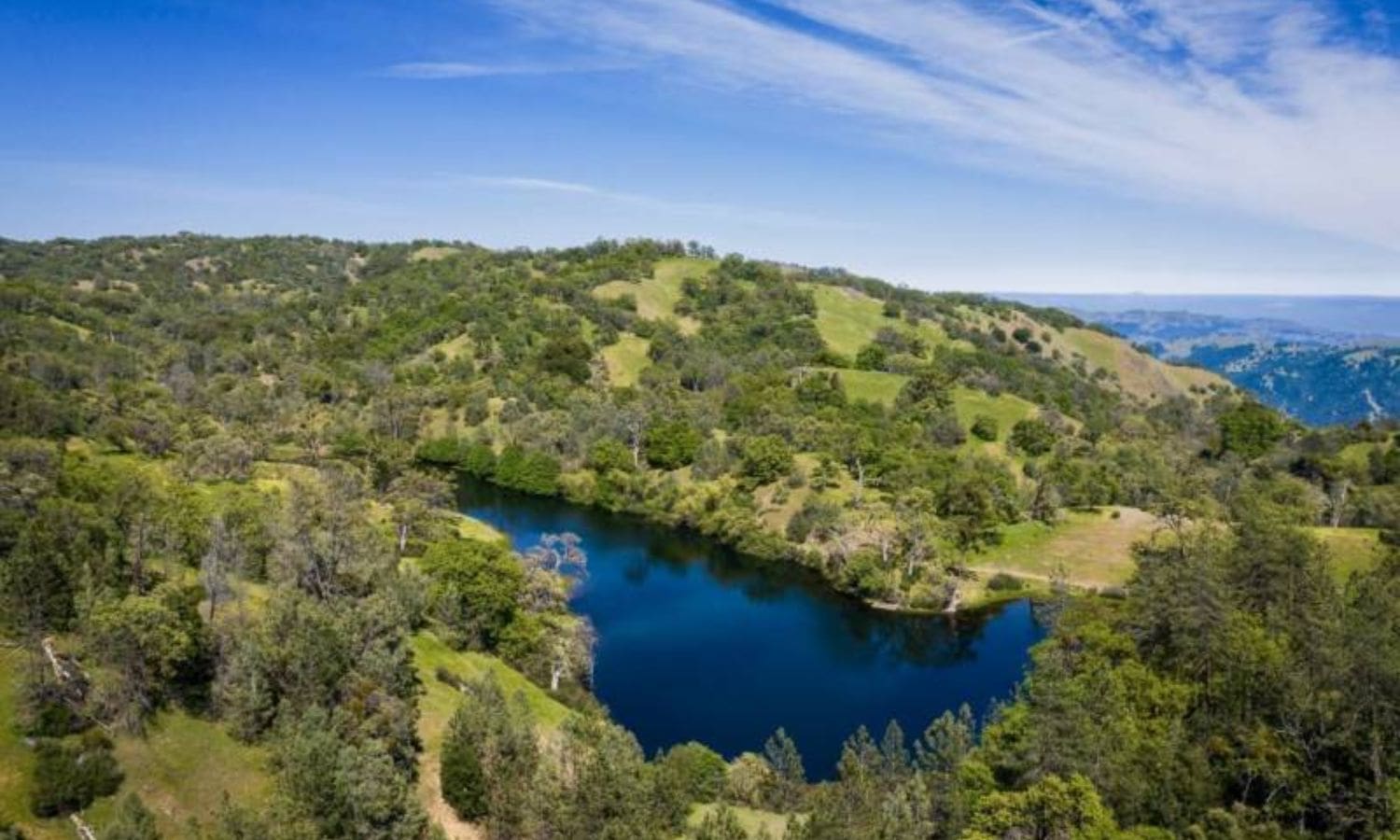California Outdoor Access Under Threat: California’s outdoor access is facing a significant challenge as Governor Newsom’s budget proposes cuts to park initiatives.
This article examines the financial challenges and potential consequences of these cuts, particularly for programs like the Park Adventure Pass and Library Parks Pass. With a focus on promoting a healthier and more equitable California, these programs have had a significant impact.
The article also discusses ongoing advocacy efforts and legislative lobbying to protect and preserve access to the state’s outdoor spaces.
Key Takeaways Of California Outdoor Access Under Threat
- Governor Newsom’s budget proposes cuts to park initiatives in California, including the Park Adventure Pass and Library Parks Pass programs.
- These cuts could result in reduced maintenance and staffing levels in parks, limited park hours, and potentially park closures.
- The programs at risk play a critical role in promoting a healthier and more equitable California by providing outdoor access, reducing barriers to entry, and offering environmental education opportunities.
- Advocacy groups and concerned citizens are mobilizing to preserve California’s outdoor access and urging lawmakers to restore funding for the threatened park initiatives.


Financial Challenges and Proposed Cuts:
With California facing significant financial challenges, Governor Newsom’s budget proposes cuts to park initiatives, threatening the state’s outdoor access. The budget plan aims to address the state’s budget deficit of $54.3 billion, caused by the economic downturn resulting from the COVID-19 pandemic.
To achieve this, the proposed budget includes $8.5 billion in spending cuts, affecting various popular programs, including those focused on parks and outdoor recreation. These cuts pose a significant risk to the state’s outdoor access, as they could lead to reduced maintenance and staffing levels in parks, limited park hours, and potentially even park closures.
This would not only impact residents’ ability to enjoy natural spaces and engage in outdoor activities but also have negative consequences for the state’s tourism industry, which heavily relies on its scenic parks and landscapes.
As California’s budget deficit remains a pressing concern, the potential impacts on park initiatives and outdoor access must be carefully considered and alternatives explored to mitigate the negative effects.
Programs at Risk: Park Adventure Pass and Library Parks Pass:
Park Adventure Pass and Library Parks Pass, two popular programs aimed at promoting outdoor access and providing affordable options for park visits, are now at risk due to Governor Newsom’s proposed budget cuts.
The Park Adventure Pass program, introduced in 2021, allows California residents to purchase a pass for a nominal fee, granting them access to various state parks and recreational areas. This program has been instrumental in encouraging outdoor activities and fostering a sense of environmental stewardship among residents.
Similarly, the Library Parks Pass program, also established in 2021, allows library cardholders to check out passes for free entry into state parks. These programs have successfully increased park visitation rates, especially among underserved communities.
However, with the proposed budget cuts, the future of these initiatives is uncertain, leaving many concerned about the potential consequences for outdoor access and environmental education in California.


Also Read: California Aging Offenders: Evaluating the Impact of Elderly Parole Laws
Critical Role in Promoting Healthier and More Equitable California:
The programs at risk due to Governor Newsom’s proposed budget cuts play a critical role in promoting a healthier and more equitable California by increasing outdoor access and fostering environmental stewardship. Access to outdoor spaces has been proven to have numerous health benefits, including reducing stress, improving mental health, and increasing physical activity levels. By providing opportunities for individuals and families to explore and enjoy California’s natural beauty, these programs contribute to a healthier population.
Furthermore, these initiatives also play a crucial role in promoting equity by ensuring that all Californians, regardless of their socio-economic background, have access to outdoor spaces and recreational activities. By reducing barriers such as entrance fees and providing passes through libraries, these programs make it possible for underserved communities to experience the benefits of nature and engage in outdoor activities.
In addition, these programs help foster environmental stewardship by encouraging individuals to develop a deeper connection with nature. Through educational programs and activities, participants gain a greater understanding of the importance of preserving and protecting California’s natural resources.
Success and Impact of the Programs:
Governor Newsom’s proposed budget cuts threaten the success and impact of the programs that have played a critical role in promoting a healthier and more equitable California.
The Adventure Pass and Library Parks Pass have proven to be effective in increasing park visits and public engagement. Data and statistics have showcased the positive influence of these programs.
Surveys have revealed that the Adventure Pass has encouraged people to explore California’s outdoor spaces and engage in recreational activities, leading to improved physical and mental well-being. The Library Parks Pass has successfully provided access to park facilities and resources for underserved communities, fostering a sense of inclusivity and equity.
These programs have also contributed to the conservation and preservation of California’s natural spaces, ensuring their availability for future generations.
Cutting funding for these programs would undermine the progress made in promoting outdoor access and jeopardize the numerous benefits they have provided to Californians.
Advocacy Efforts and Legislative Lobbying:
Advocacy groups and concerned citizens are mobilizing to preserve California’s outdoor access by urging lawmakers to restore funding for the threatened park initiatives in Governor Newsom’s budget.
The California State Parks Foundation and grassroots advocates have been quick to respond to the proposed cuts, recognizing the importance of these programs in providing recreational opportunities for residents and visitors alike. The foundation is planning robust lobbying efforts in the Legislature to emphasize the impact and success of these initiatives.


Conclusion Of California Outdoor Access Under Threat
The proposed budget cuts in California pose a threat to the state’s outdoor access initiatives.
Programs such as the Park Adventure Pass and Library Parks Pass play a critical role in promoting a healthier and more equitable California.
The success and impact of these programs have been significant, but advocacy efforts and legislative lobbying will be necessary to ensure their continuation and safeguard the state’s outdoor resources.

